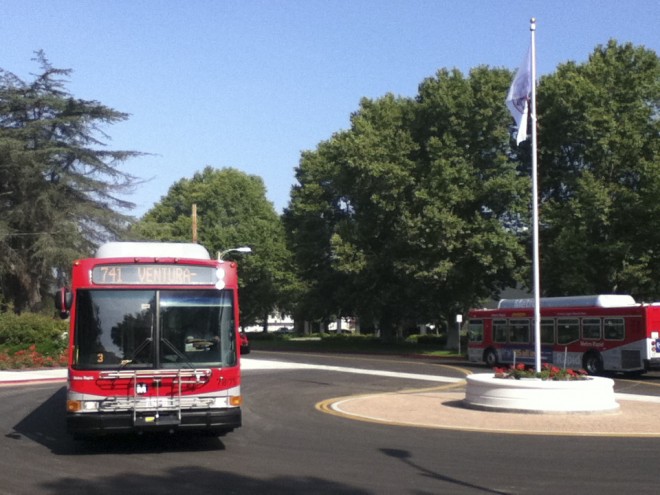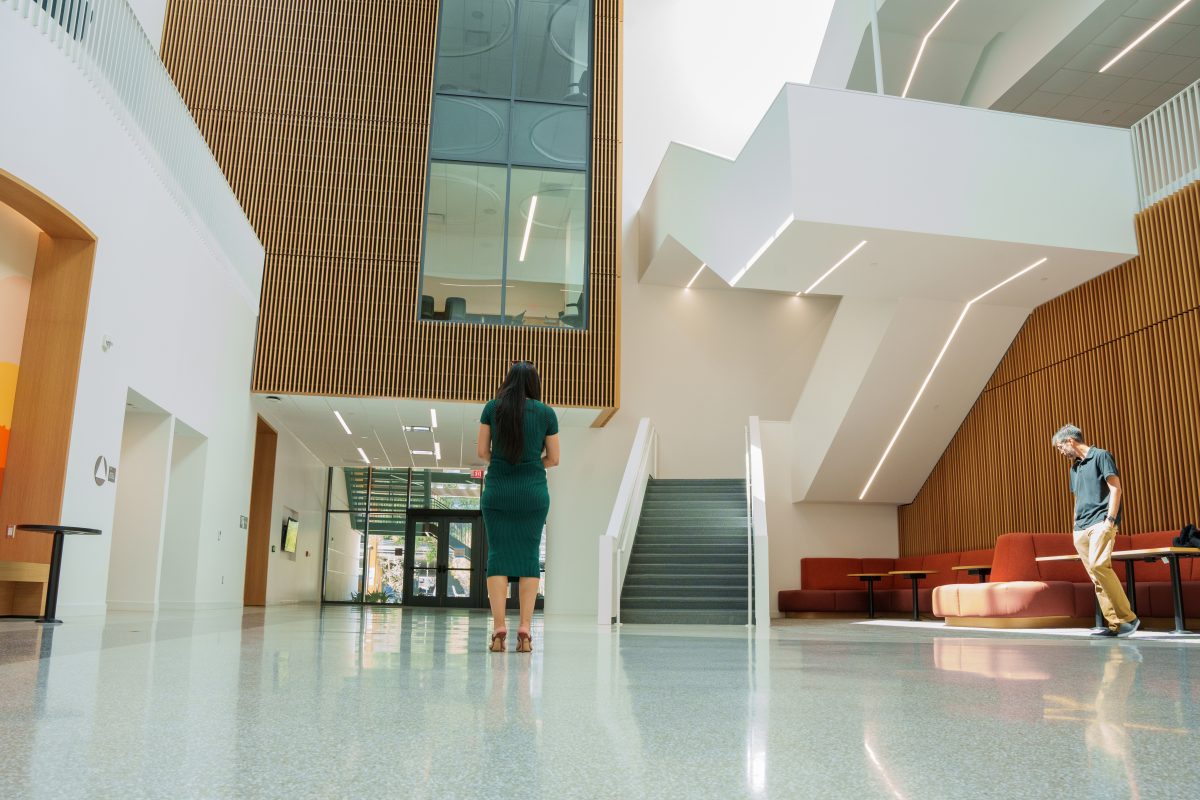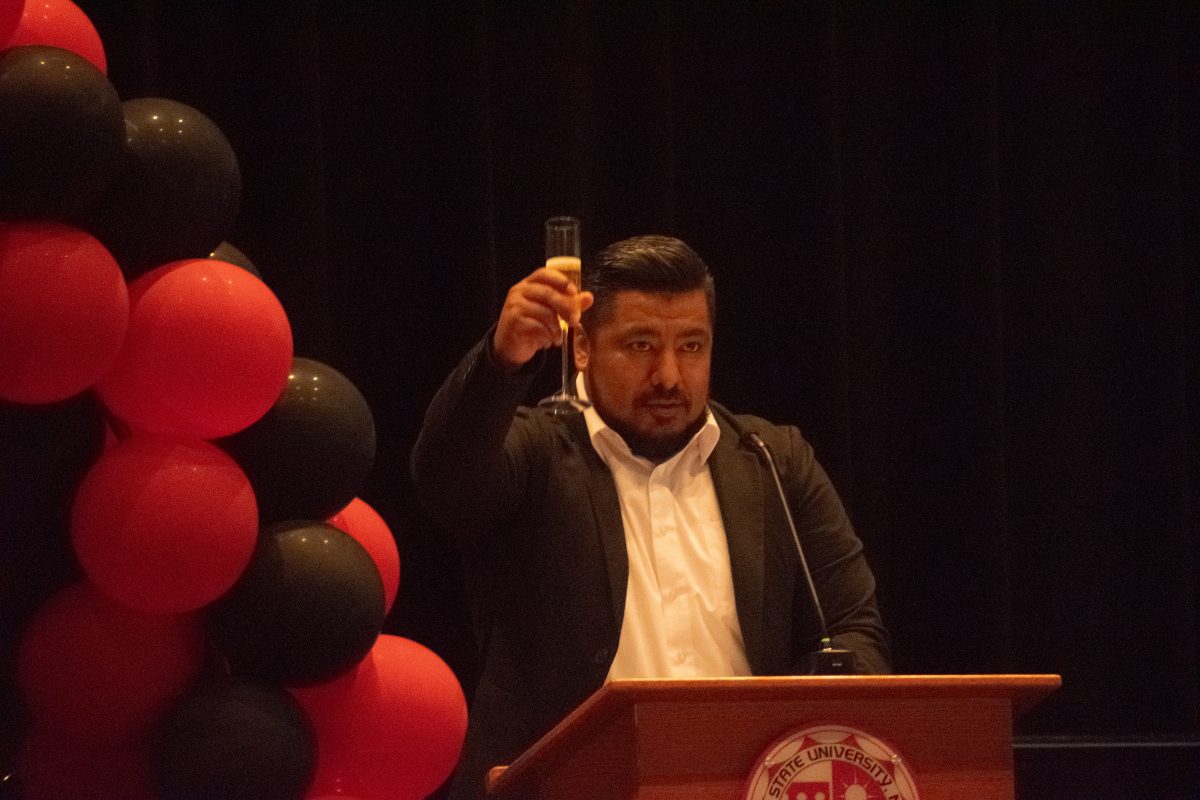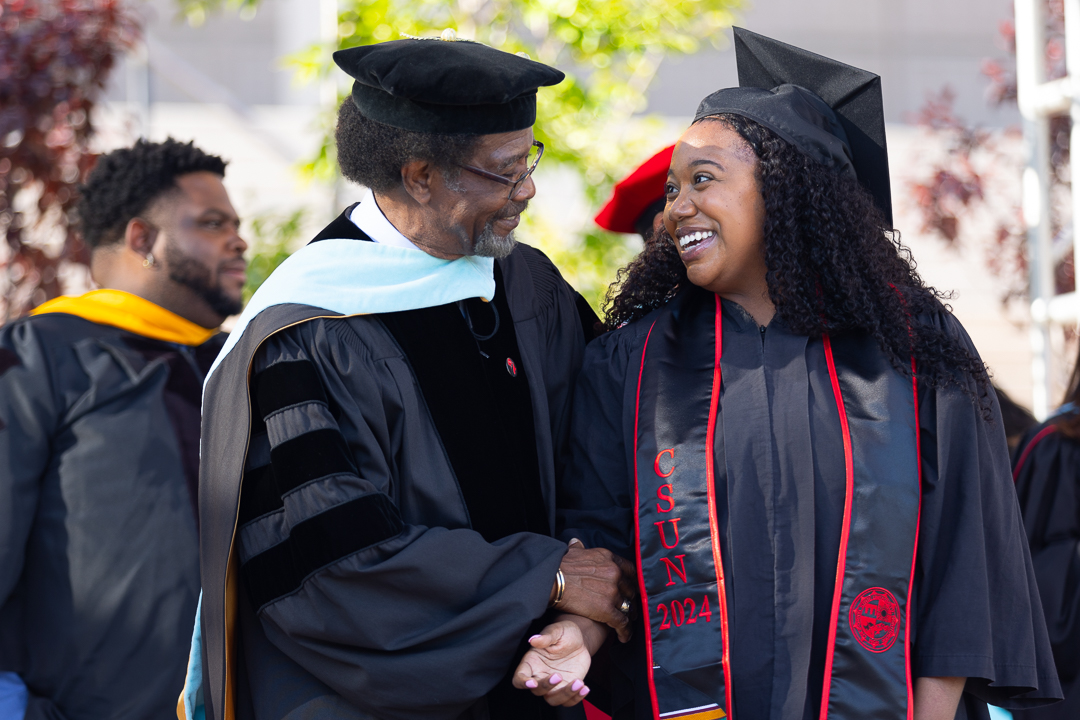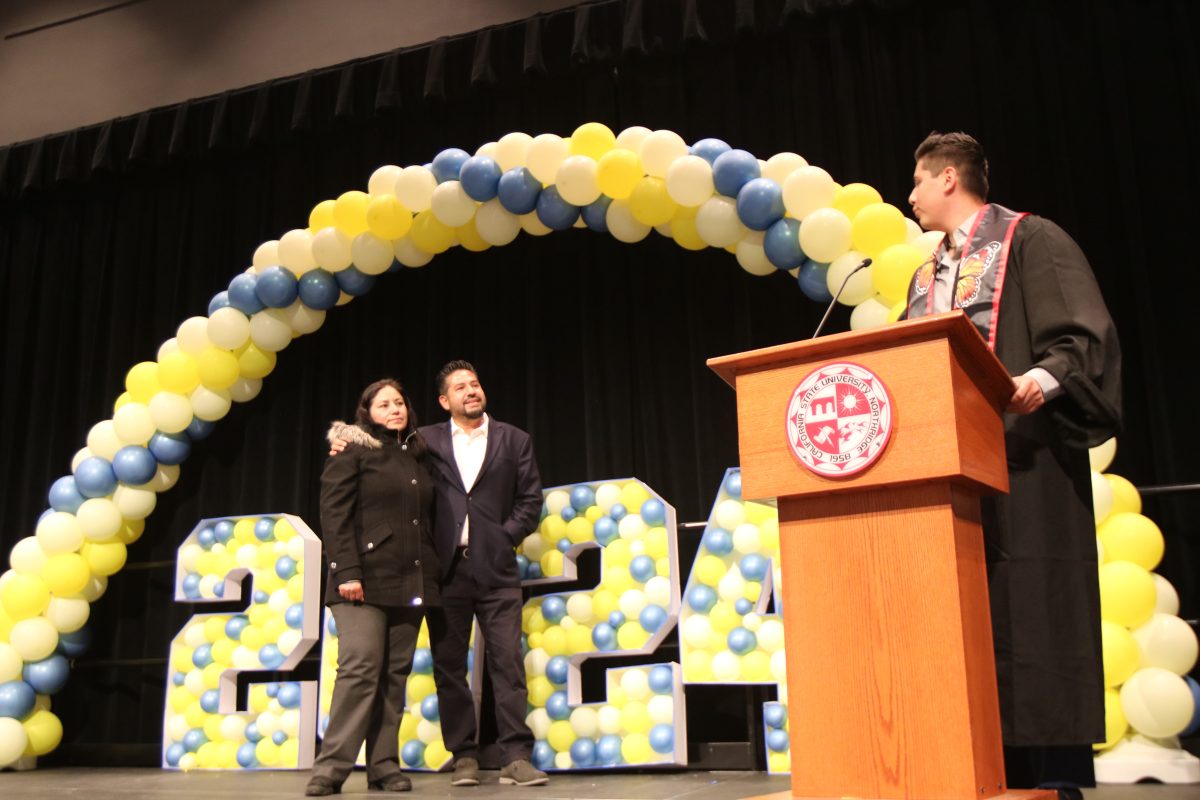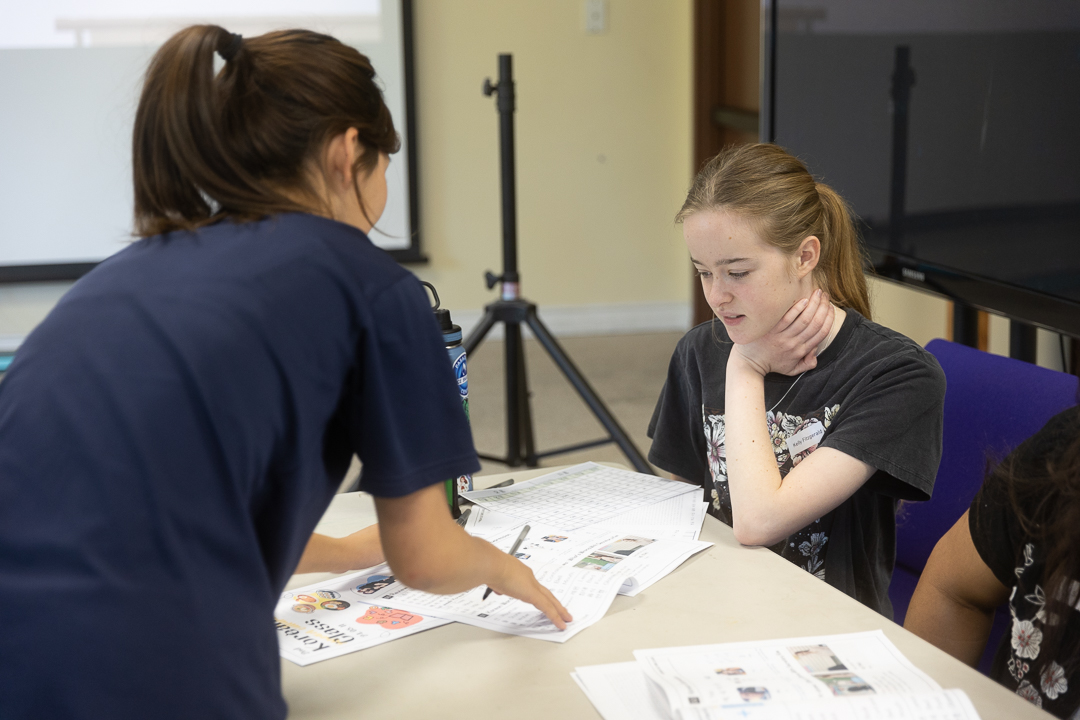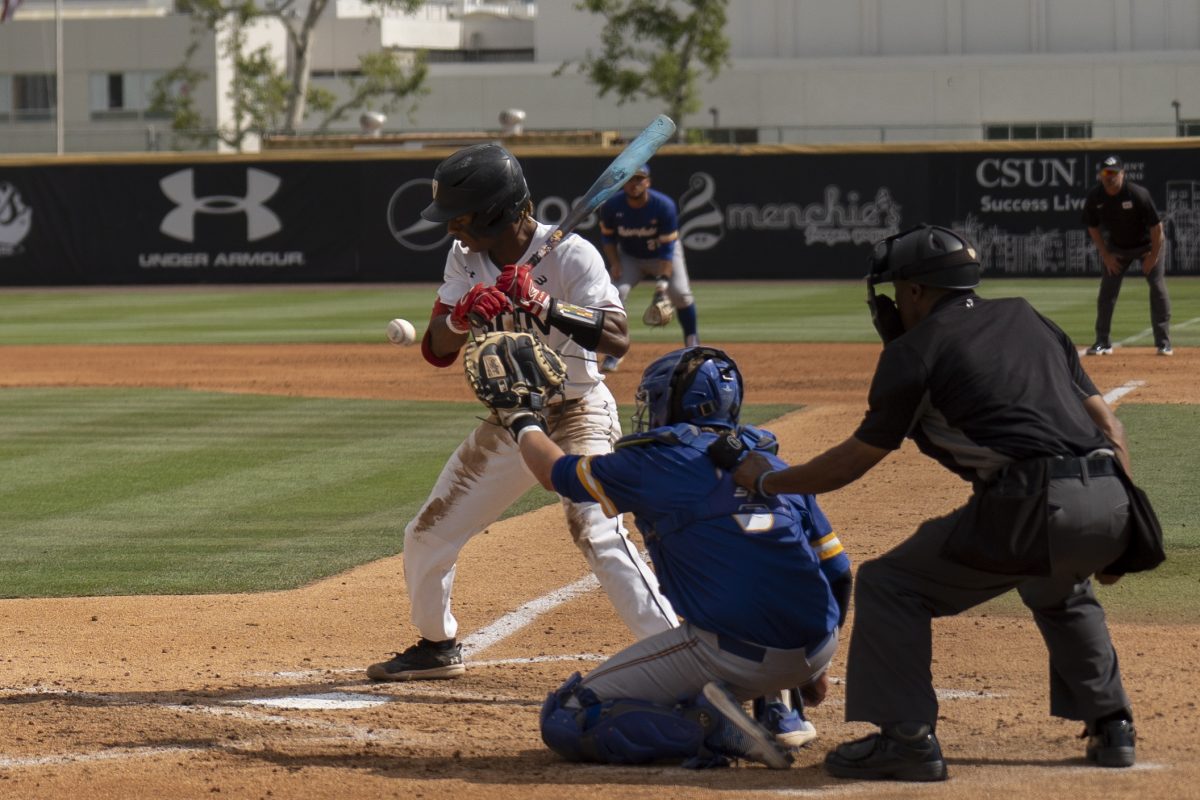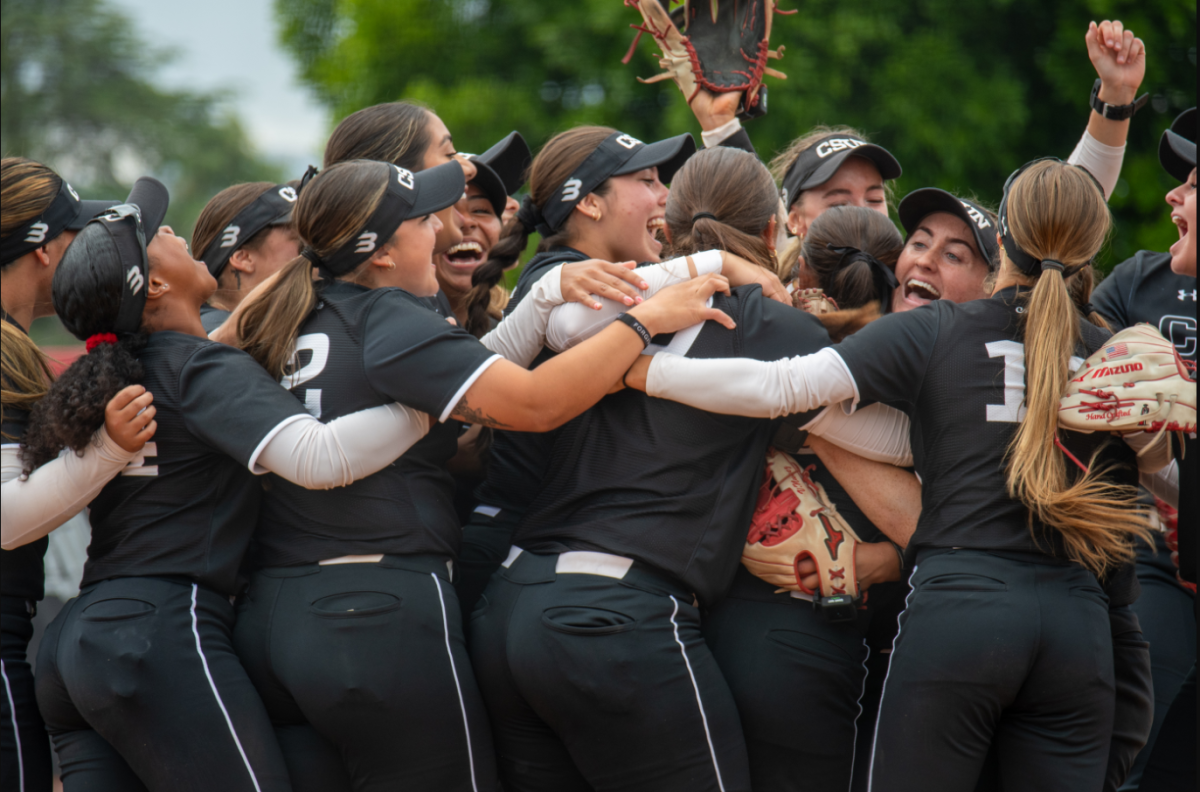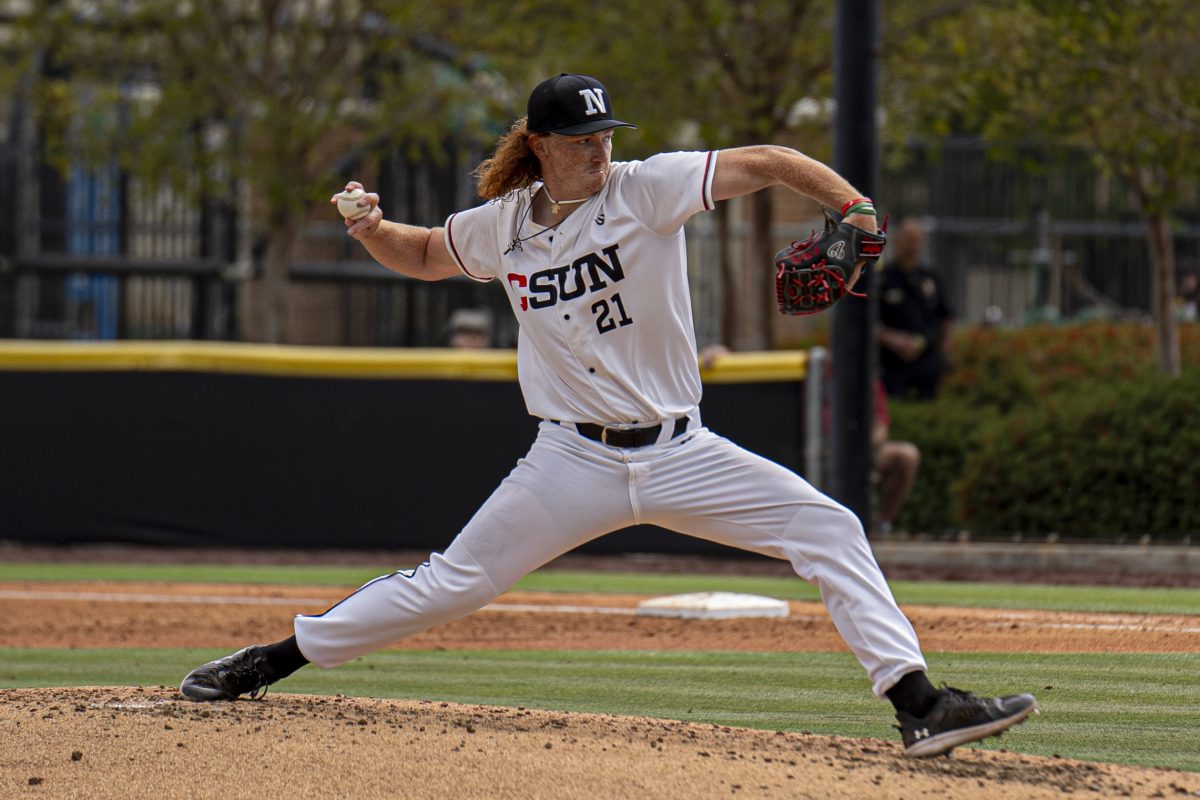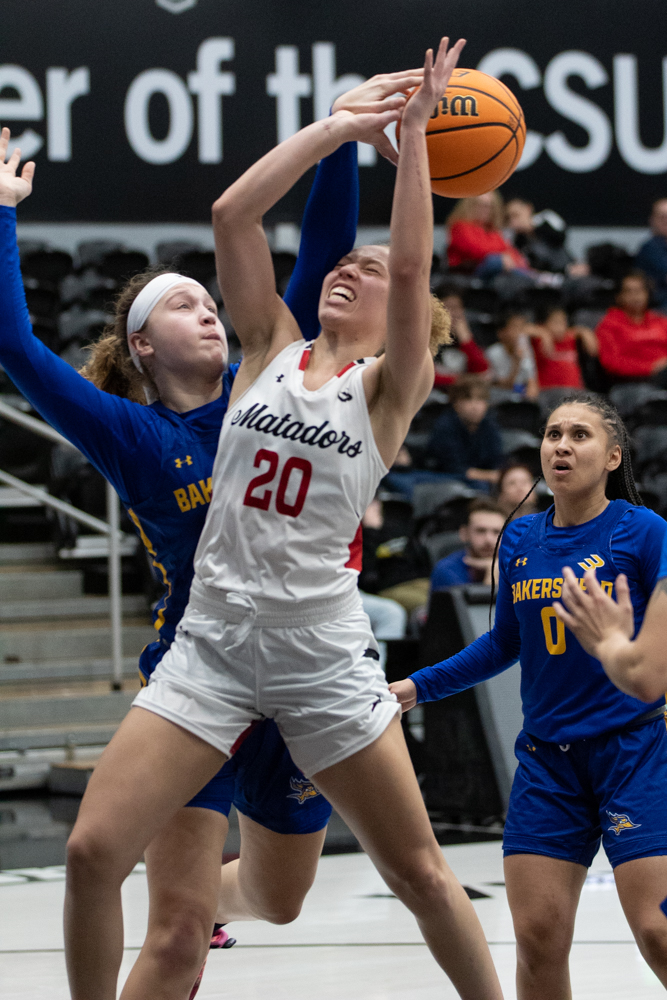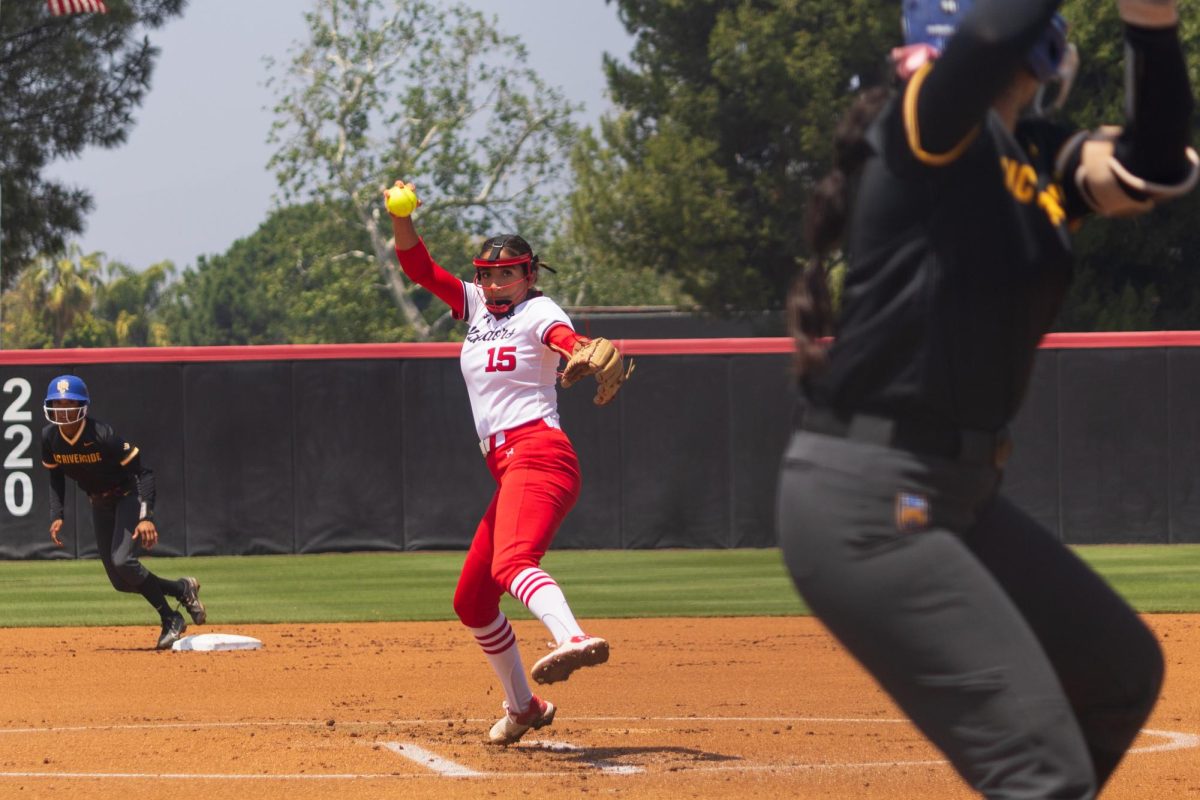The marked efforts of transit advocates on campus and around Los Angeles found resounding success this past November with the passing of Measure M, which guaranteed another half-cent tax increase to fund public transportation in Los Angeles County.
The measure, which passed with support from over 70 percent of county voters according to Ballotpedia, also included provisions for the transportation future of CSUN and the San Fernando Valley, but perhaps the most visible success that CSUN found with this measure was a seat at the negotiating table.
“Measure M was an opportunity to ensure our community was accounted for,” Francesca Vega, director of CSUN’s department of government and community relations, said.
While Metro’s first tax increase, Measure R, did not include CSUN at all, the process of passing Measure M has found Metro in collaboration with CSUN, even where the new tax is not concerned.
Metro has already added new time schedules for several bus routes that serve CSUN students, and held meetings with Vega on serving CSUN and the surrounding community. Vega said Stephanie Wiggins, Metro’s Deputy Chief Executive Officer, visited the campus recently.
“She was able to walk on the campus, see the campus,” Vega said. “So again, it was an opportunity to engage and talk about our needs.”
It should be noted that none of the improvements made on campus came directly from Measure M, which will not take effect until July. However, CSUN will receive a study on a potential bus rapid transit line near campus known as the North San Fernando Valley BRT Improvement Project, which will receive $180 million in funding from Measure M.
Metro’s self-reported plan for use of Measure M funds in the San Fernando Valley includes funding for Orange Line improvements, a bus line connecting North Hollywood to the Gold Line, a transit corridor in the East San Fernando Valley, and the ambitious Sepulveda Pass Transit Corridor. Many projects, such as the Orange Line’s conversion to light rail in 2051, will take decades to be realized.
“Its goal is to try to increase system connectivity in the North San Fernando Valley to the Metro transit system,” Rick Jager, communications manager at Metro, said.
Jager confirmed the study’s resulting project will groundbreak in 2019, with expected completion in 2023.
While none of these pass close to CSUN, the BRT improvement project’s goal would be connecting the campus to larger projects. Vega said that in addition to funding from Measure M, local funding could ensure Northridge’s transit remains a priority.
Local funding can provide an incentive for projects that would otherwise receive less funding, as is the case with the Orange Line conversion to light rail which comes with a price tag of $1.4 billion, of which about $1 billion will come from local, state and federal funding.
It remains to be seen how the president’s threats to withhold federal funding from “sanctuary cities’” will affect Metro’s timelines. However, the strong support of Measure M exemplifies Los Angeles’ dedication to funding its own transit.
